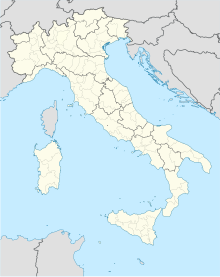
The Tanagro (Tanàgro) or Negro is a river of the Province of Salerno, southwestern Italy. It rises in the Vallo di Diano and is a tributary of the Sele River. In ancient times it was known as Tanager.

Cave is a town and comune in the Latium region of Italy, 42 kilometres (26 mi) southeast of Rome. As of 2011 its population was of 10,421.

Auletta is a town and comune in the province of Salerno in the Campania region of south-western Italy.

Caggiano is a town and comune in the province of Salerno in the Campania region of south-western Italy.
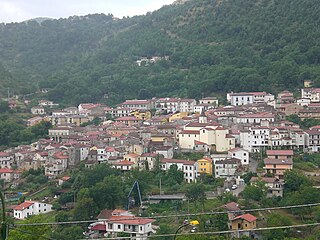
Casaletto Spartano is a town and comune in the province of Salerno in the Campania region of south-western Italy.
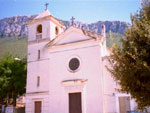
Controne is a town and comune in the province of Salerno in the Campania region of south-western Italy.

Pertosa is a village and comune of the province of Salerno in the Campania region of south-west Italy. In 2010 its population was 714.

Polla is a town and comune of the province of Salerno in the Campania region of south-west Italy. In 2011 its population was 5,327.
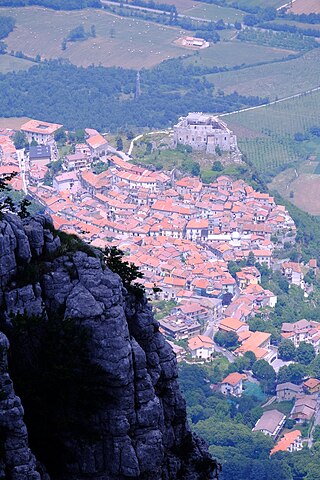
Sicignano degli Alburni is a town and comune in the province of Salerno in the Campania region of southern Italy.

Montopoli di Sabina is a town and comune (municipality) in the Province of Rieti in the Italian region of Latium, located about 40 kilometres (25 mi) northeast of Rome and about 20 kilometres (12 mi) southwest of Rieti. In 2011, it had a population of 4,222.

Pruno is a forest in the Campania region of southern Italy. It is the largest woodlands of central Cilento region. The hamlets (frazioni) with this name are situated in the municipalities of Laurino, Valle dell'Angelo and Piaggine, and are considered a singular village.

La Balme-les-Grottes is a commune in the Isère department in the Auvergne-Rhône-Alpes region of south-eastern France.

Cilento, Vallo di Diano and Alburni National Park is an Italian national park in the Province of Salerno, in Campania in southern Italy. It includes much of the Cilento, the Vallo di Diano and the Monti Alburni. It was founded in 1991, and was formerly known as the Parco Nazionale del Cilento e Vallo di Diano.
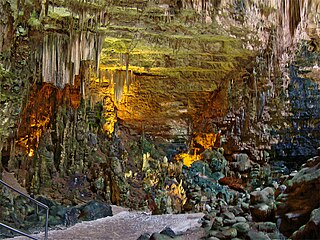
The Castellana Caves are a karst cave system located in the municipality of Castellana Grotte, in the Metropolitan City of Bari, Apulia, southern Italy.
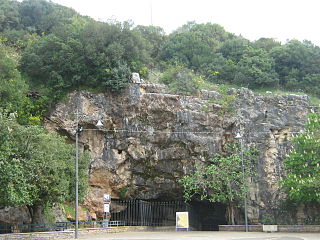
The Castelcivita Caves are a karst cave system located in the municipality of Castelcivita, in the province of Salerno, Campania, southern Italy.
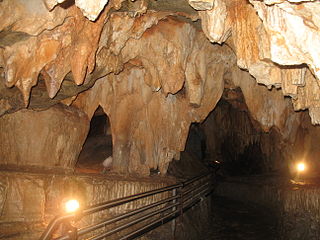
The Toirano Caves are a karst cave system in the municipality of Toirano, in the province of Savona, Liguria, Italy.
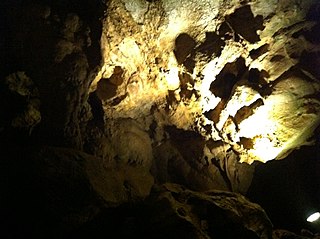
The Pastena Caves are a karst cave system located in the municipality of Pastena, in the province of Frosinone, Lazio.

The Borgio Verezzi Caves, also named Valdemino, are a karst cave system located in the municipality of Borgio Verezzi, in the province of Savona, Liguria. They are a show cave.

The Alburni are an Italian mountain range of the Province of Salerno, Campania, part of the Apennines. Due to their geomorphology, they are popularly known as the "Dolomites of Campania" or of Southern Italy. The highest mountain is the Panormo. Its second name, Alburno, gives the name to the whole range.


